Crawford Long Museum
Introduction
Text-to-speech Audio
Images
Crawford Long Museum
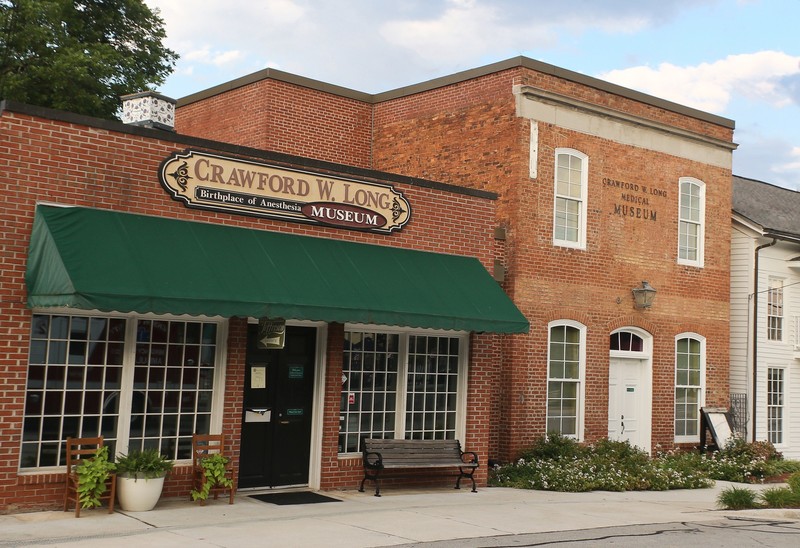
Pendergrass General Store building
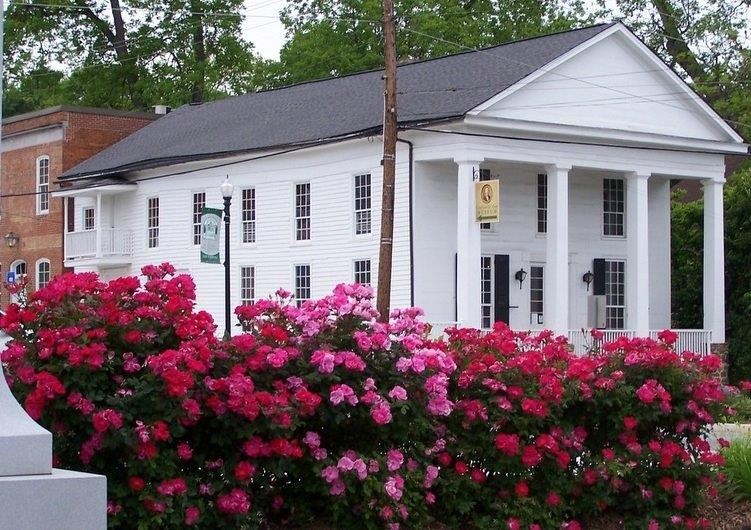
Dr. Crawford Long
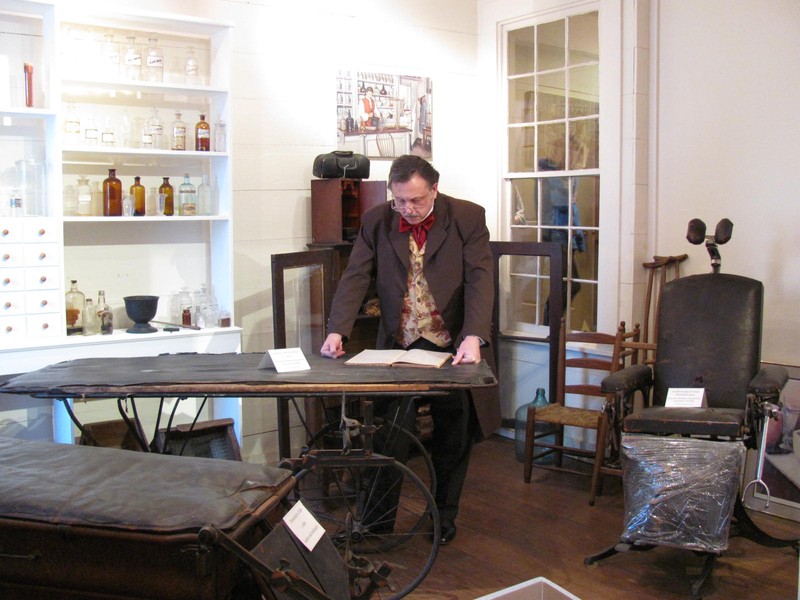
Got Ether
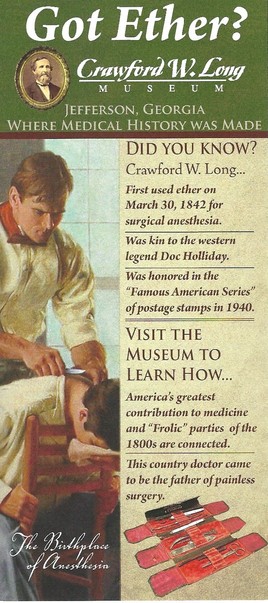
Dr. Long's medicine bag
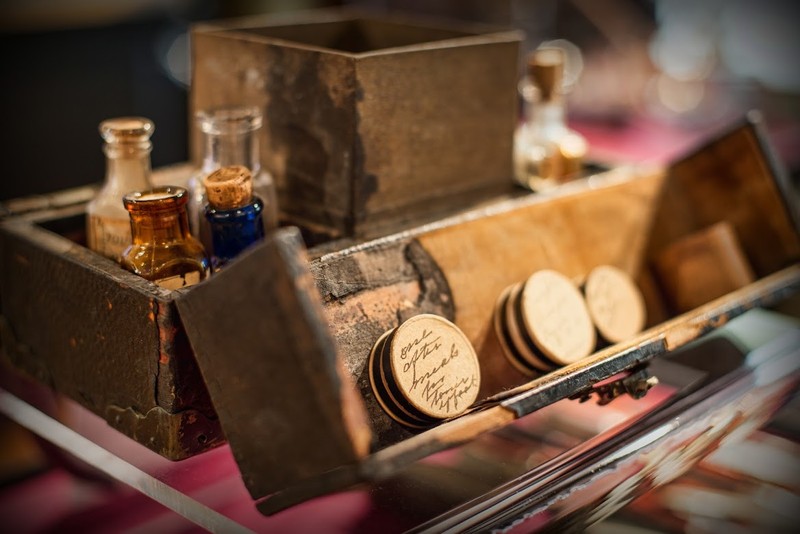
Woman's Work Is Never Done exhibit
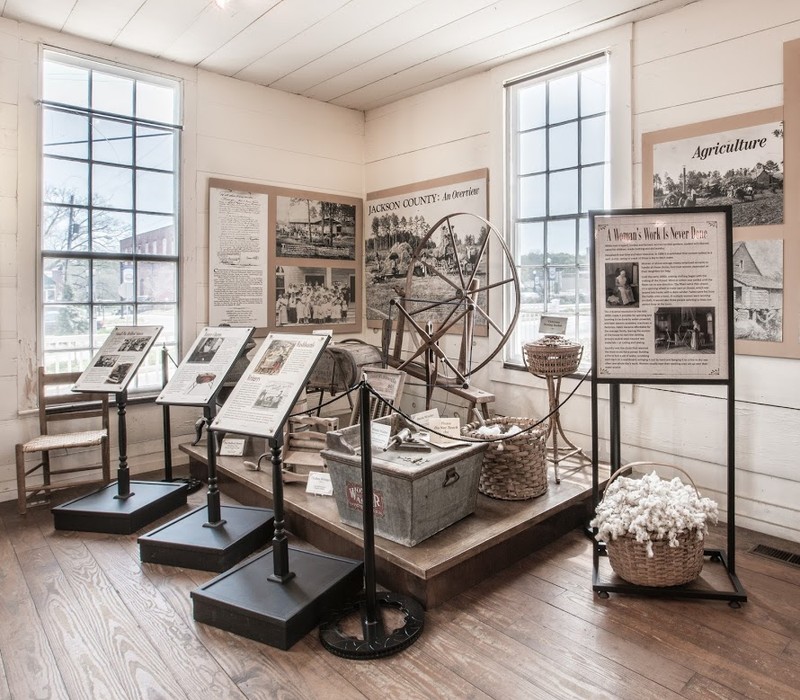
Anesthesia exhibit
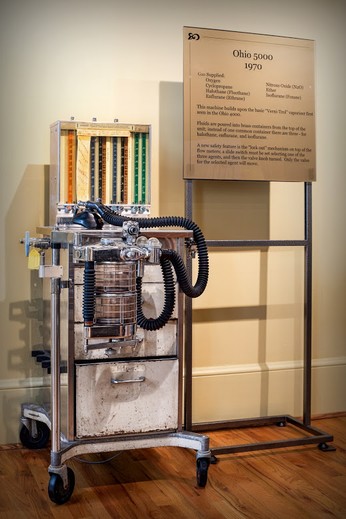
Rural Free Delivery Mail Cart
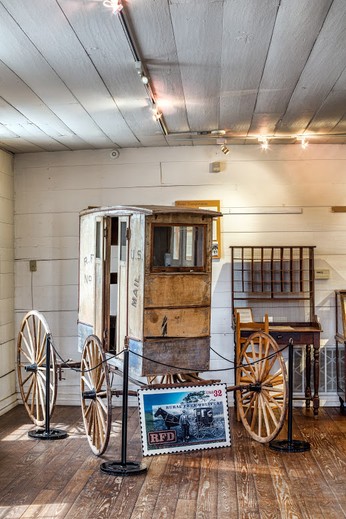
Backstory and Context
Text-to-speech Audio
Dr. Crawford W. Long was the physician who, on March 30, 1842, first used ether for surgical anesthesia. Born in Danielsville, Georgia on November 1, 1815, Long entered the University of Georgia, then known as Franklin College, at the age of 14. Upon graduation five years later, he apprenticed under Dr. Grant of Jefferson, Georgia, before traveling on horseback to Kentucky to attend Transylvania Medical College. He transferred to the University of Pennsylvania Medical School and graduated in 1839. It was here that he received his surgical training. After "walking the halls" of the hospital in New York City, which would be the equivalent of a residency today, Long returned to Jefferson to purchase the practice of Dr. Grant.
Dr. Long was a young bachelor of 26 when he noticed that participants under the recreational use of ether felt no pain from injuries received during "frolic parties." He reached the conclusion that ether could make surgery painless. The opportunity to test his theory came when James Venable requested that Dr. Long remove a cyst from his neck. Three witnesses reported that, on March 30, 1842, the operation was successful and Venable felt no pain.
This three building museum complex houses the Long Gallery featuring a diorama depicting the first surgery using ether as an anesthetic and many personal Long family heirlooms. This gallery also houses the ancestral tree charts, oil portraits of Dr. Long and his wife, Caroline and a replica of his status that stands in Statuary Hall in Washington, D.C.
The Pendergrass General Store Gallery houses multiple exhibits which expand on topics related to Dr. Long's lifetime including medical and pharmaceutical items, amputation kits, the country doctors of Jefferson's past 100 years; brief history of dentistry, early medical office furniture and a brief history of obstetrics. General store exhibits showcase household items from the late 1800s and early 1900s, as well as a stamp day exhibit when Dr. Long was recognized with a 2 cent stamp in 1940.
Second floor Development of Anesthesia Gallery provides a video viewing area and items used in the early days of anesthesia administration. The exhibit shows a century of the progression of the development of anesthesia machines through the years.
Sources
Boland, F.K. The First Anesthetic: The Story of Crawford W. Long, Athens, GA University of Georgia Press, 1950
Frances Long Taylor: Crawford W. Long & The Discovery of Ether Anesthesia, 1928
Crawford Long Museum
Crawford Long Museum
Crawford Long Museum
Crawford Long Museum rack card
Crawford Long Museum
Crawford Long Museum
Crawford Long Museum
Crawford Long Museum
